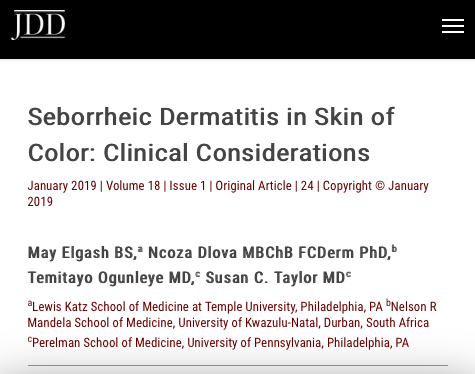Source: J Drugs Dermatol. 2019;18(3):266-272.
Debraj Shome MD FRCS, FACS, MBA Stuti Khare MD, Rinky Kapoor MD
The injectable adipocytolytic drug deoxycholic acid (DCA) is the first pharmacological intervention approved for the reduction of submental fat (SMF) and offers an alternative to invasive measures to improve the submental profile and the cervico-mental angle. DCA injection (ATX-101, Kybella [United States], Belkyra [Canada]; Kythera Biopharmaceuticals, Inc., Westlake Village, CA, acquired by Allergan, Inc.), are proprietary formulations of synthetically derived DCA that is FDA approved for improvement in the appearance of moderate to severe convexity or fullness associated with SMF.
Aim: As none of the aforementioned are available in India, we undertook this study to study the efficacy of generic DCA for SMF reduction in Indian patients.




